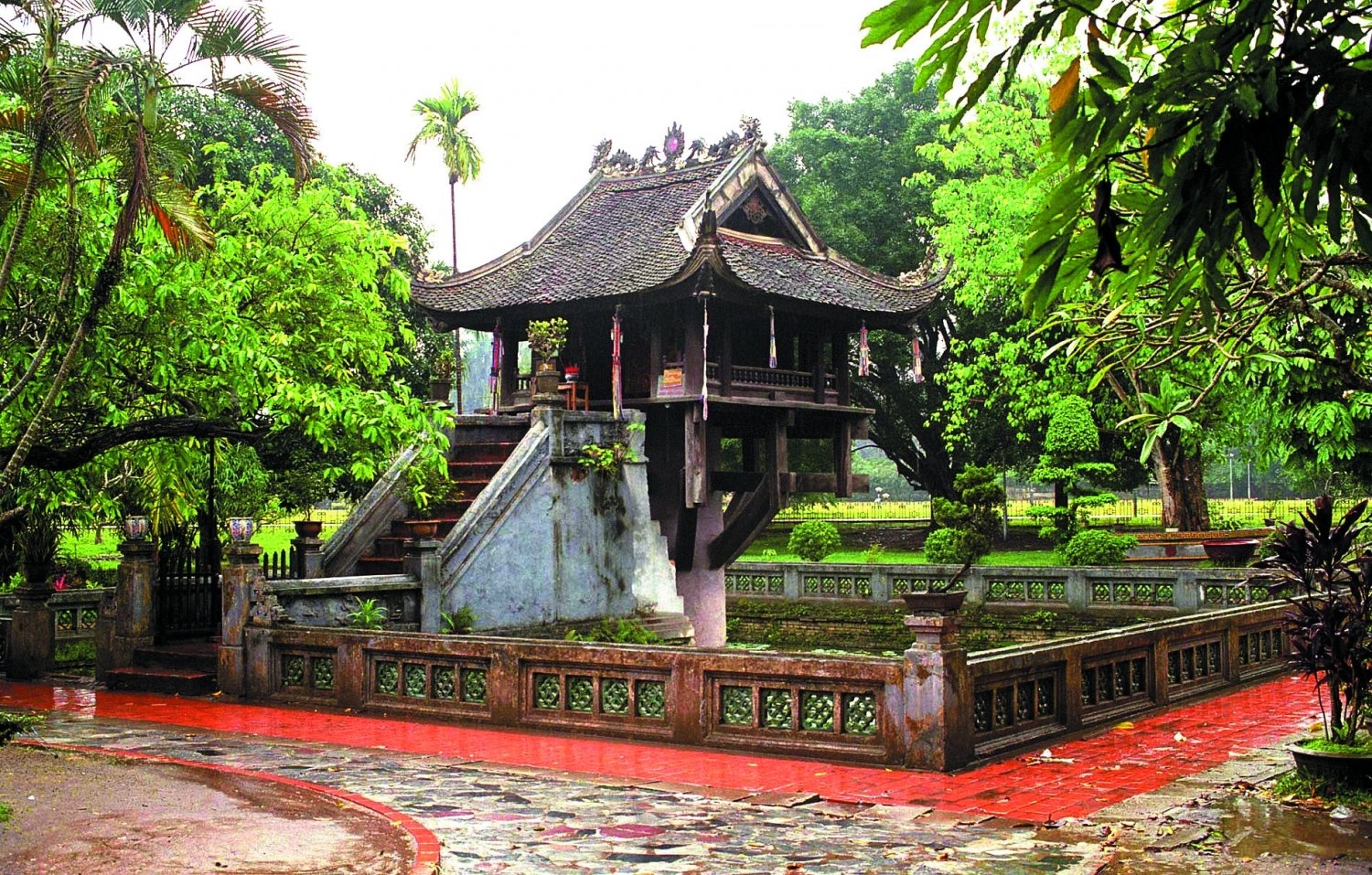Discovering the One Pillar Pagoda
Nestled in the heart of Hanoi, Vietnam, the One Pillar Pagoda is a symbol of the city’s rich history and cultural heritage. This iconic temple, known locally as Chùa Một Cột, is a must-visit for anyone exploring Hanoi. Its unique architecture and historical significance make it a fascinating destination for travelers and history enthusiasts alike.
Historical Significance
The One Pillar Pagoda was originally constructed in 1049 during the reign of Emperor Lý Thái Tông. Legend has it that the emperor, who was childless, dreamt of meeting the bodhisattva Avalokiteshvara, who handed him a baby boy while seated on a lotus flower. Inspired by this dream, the emperor built the pagoda in the shape of a lotus blossom emerging from the water, symbolizing purity and enlightenment. Over the centuries, the pagoda has been rebuilt several times, most recently after being destroyed during the First Indochina War. Today, it stands as a testament to Vietnam’s enduring spiritual and cultural traditions.
Architectural Marvel
The One Pillar Pagoda is renowned for its unique design. As its name suggests, the pagoda is supported by a single stone pillar, which rises from a small pond. This pillar, originally made of wood, was replaced with concrete to ensure the structure’s stability. The pagoda itself is a small, square wooden structure with a curved roof, reminiscent of a lotus flower. Visitors can admire the intricate carvings and traditional Vietnamese architectural elements that adorn the pagoda. The surrounding garden, filled with lush greenery and lotus ponds, adds to the serene atmosphere, making it a peaceful retreat from the bustling city.
Visiting Tips
When planning a visit to the One Pillar Pagoda, there are a few practical tips to keep in mind. The pagoda is located near the Ho Chi Minh Mausoleum, making it easy to combine visits to both sites. It’s best to visit early in the morning or late in the afternoon to avoid the crowds and enjoy a more tranquil experience. There is no entrance fee, but donations are appreciated to help with the maintenance of the site. Remember to dress modestly, as the pagoda is a place of worship. Photography is allowed, but be respectful of those who are there to pray. Lastly, take some time to explore the surrounding area, which is rich in history and offers a glimpse into Hanoi’s vibrant culture.
